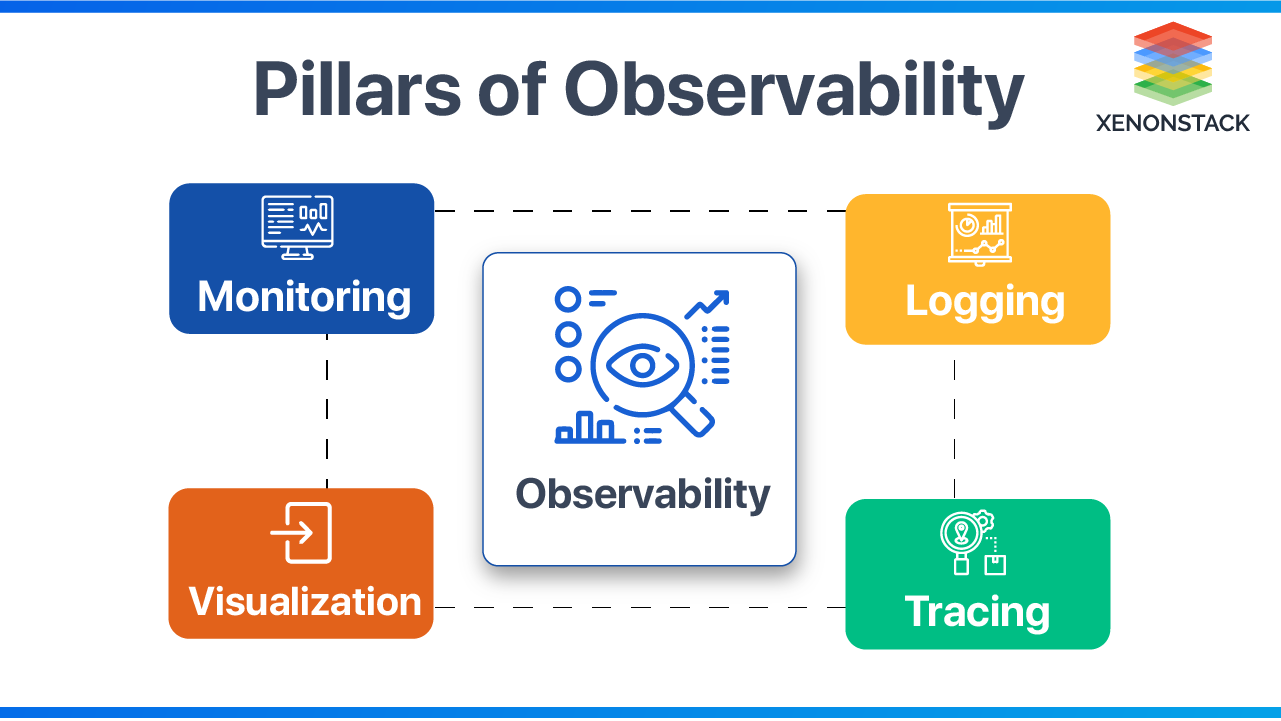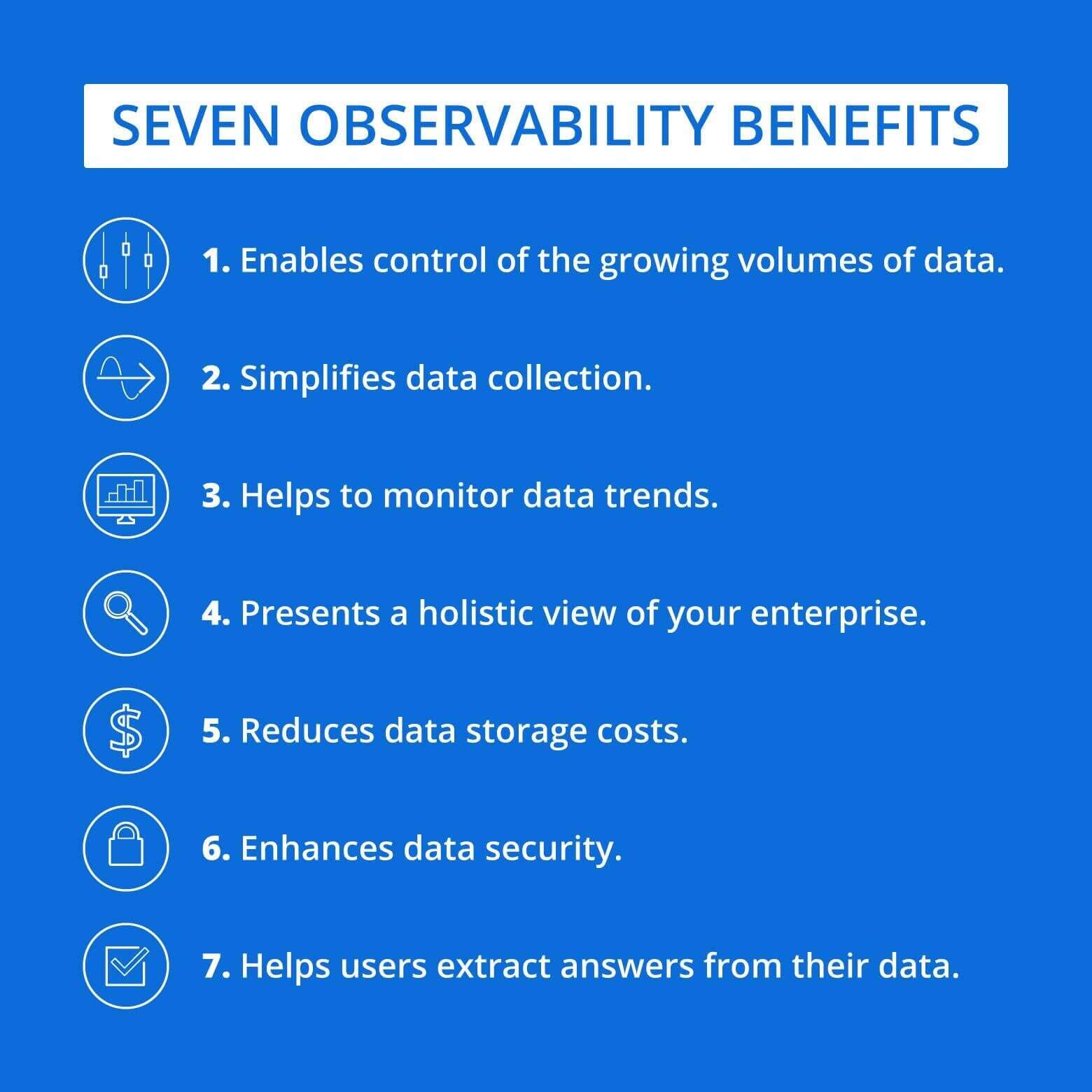Observability Platforms
(2025-09-05T12:02.266Z)
Perplexity Query
(2025-09-05T12:02
.266Z)
Question:
Write a comprehensive one-page article about "Observability Platforms".
Model: sonar-pro
Observability Platforms: Powering Insight in Modern Digital Systems
Observability platforms are comprehensive solutions designed to provide visibility into complex software systems by collecting, analyzing, and visualizing data such as metrics, logs, traces, and events. Their significance lies in enabling engineering, operations, and security teams to detect, diagnose, and address issues swiftly—often before they impact users—thereby supporting reliable and high-performing digital experiences.
[7r52mg]
[98ou3v]

Understanding Observability Platforms
Modern digital infrastructures, characterized by distributed microservices, cloud-native architectures, and hybrid deployments, are inherently intricate. Traditional monitoring tools fall short in these environments, as they typically focus on predefined outputs and static health indicators. In contrast, observability platforms go further—they collate and correlate diverse streams of Telemetry Data (metrics, events, logs, and traces, known as MELT) to infer the internal state of systems in real time.
[98ou3v]
[4wuqkt]
For instance, when a user encounters a delay on an e-commerce site, an observability platform aggregates logs from web servers, traces the transaction through backend microservices, and correlates with infrastructure metrics to pinpoint the exact service or database causing the bottleneck.
[e3y0a6]
Popular use cases include:
- Application performance monitoring: Quickly identifying and resolving performance regressions.
- Cloud and Kubernetes oversight: Providing a holistic view of resource utilization, errors, and latency across complex environments. [e3y0a6]
Practical Examples and Benefits
A practical example is Generation Esports, which leveraged an observability platform to reduce troubleshooting time (Mean Time to Recovery, MTTR) by 75%, cut observability costs, and improve uptime for their users.
[99b70k]
Another scenario: global organizations use observability to unify data from disparate sources, providing “a single source of truth” for developers and operators.
[98ou3v]
These platforms facilitate proactive detection, faster root cause analysis, and more efficient incident management.
[7r52mg]
[4wuqkt]
Key benefits include:
- Accelerated digital transformation: By removing visibility blind spots, observability platforms enable safer and faster modernization of legacy systems. [7r52mg]
- Enhanced customer experience: Rapidly diagnosing and resolving user-facing performance issues leads to higher satisfaction and loyalty. [98ou3v]
- Operational efficiency: Automating root cause analysis and reducing manual intervention lowers operational overhead. [99b70k]
However, implementing observability is not without challenges. The surge in telemetry data can increase storage and processing costs. Teams must also ensure effective correlation of data types and avoid alert fatigue from excessive notifications.
[4wuqkt]

Current State and Trends
Organizations across industries are swiftly adopting observability platforms as a core part of their infrastructure stack. Tools like DataDog, New Relic, Dynatrace, and open-source solutions such as OpenTelemetry and Prometheus lead the market.
[99b70k]
Adoption is driven by the shift to cloud-native, containerized, and serverless architectures, with businesses demanding higher system reliability and accountability.
[e3y0a6]
[4wuqkt]
Recent trends include unified observability (combining all MELT data into a single platform) and the automation of anomaly detection using AI and machine learning. OpenTelemetry’s rapid uptake—used by nearly 50% of modern enterprises by 2025—reflects the emphasis on standardization and extensibility across diverse environments.
[99b70k]

Future Outlook
Going forward, observability platforms will evolve to handle ever-larger, more dynamic systems. Expect deeper AI-driven analytics, autonomous remediation, and seamless integration with DevOps and security workflows. As digital experiences become even more critical, observability will be indispensable for delivering resilient, adaptable, and secure systems.
[4wuqkt]
In summary, observability platforms have transitioned from nice-to-have tools to essential infrastructure for modern digital operations. As complexity increases, their role in delivering insight, reliability, and customer satisfaction will only grow.
Citations
[7r52mg] 2025, Sep 05. What Is Observability? | Datadog. Published: 2024-12-23 | Updated: 2025-09-05
[99b70k] 2025, Aug 31. What Is Observability? Concepts, Use Cases & Examples. Published: 2025-08-25 | Updated: 2025-08-31
[e3y0a6] 2025, Sep 05. What is observability? Not just logs, metrics, and traces - Dynatrace. Published: 2025-06-23 | Updated: 2025-09-05
[98ou3v] 2025, Sep 05. What is Observability: Benefits & Use Cases | New Relic. Published: 2024-12-09 | Updated: 2025-09-05
[4wuqkt] 2025, Sep 05. Observability in 2025: How It Works, Challenges and Best Practices. Published: 2025-06-12 | Updated: 2025-09-05